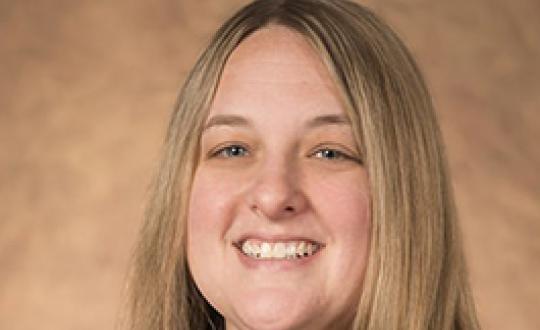Image


An official website of the United States government
Here’s how you know
Official websites use .gov
A .gov website belongs to an official government organization in the United States.
Secure .gov websites use HTTPS
A lock (
) or https:// means you’ve safely connected to the .gov website. Share sensitive information only on official, secure websites.


College health professionals have worked hard to decrease traditional tobacco use on campuses by implementing policy and providing education and programming aimed at prevention. The progression from occasional to daily smoking almost always occurs by age 26(1), making college environments an excellent place to engage folks in cessation and prevention strategies. However, e-cigarettes pose a new challenge to college health. The 2018 Monitoring the Future Survey(2) shows that e-cigarette use by youth has reached alarming levels. Among 12th graders, students who reported vaping nicotine in the past 30 days increased by 90% (from 11-20.9%), by 96% among 10th graders (8.2-16.1%), and by 74% among 8th graders (3.5-6.1%). This means that many students coming to our campuses will already be engaging in e-cigarette behavior and may have been for several years.
What does college data show us?
The increases in e-cigarette use we are seeing in youth have translated into increases among our college population. In reviewing the American College Health Association’s National College Health Assessment Executive Summary Reports from Fall 2015-Fall 2018(3), traditional cigarette use continues to decline for the most part both among undergraduates and graduates, with graduates having a slight increase in fall 2018. E-cigarette use anytime within the past 30 days, however, has increased more than 50% among undergraduate students just in the past year. Although rates for graduate student e-cigarettes are lower than undergraduate students, they too have doubled within the past year. The National Health Interview Survey(4), conducted by the Centers for Disease Control and Prevention, identifies individuals between 18-24 years of age as having the highest rate of e-cigarette use among adults.
The data on e-cigarettes should sound an alarm among college health professionals that an evolution in policy, education, programming, and prevention are needed. We must adapt to the changing landscape of tobacco products in order to protect the well-being of our college population. Many students will arrive on campus having already engaged in e-cigarette behavior, and we as college health professionals need to be ready to provide primary, secondary, and tertiary prevention strategies.
Here are some items to consider when evaluating an e-cigarette strategy for your campus:
Based on the data within the high school and college populations, e-cigarette use is a reality that college health professionals have to be prepared to tackle. Revising current tobacco use prevention strategies to include the full spectrum of available tobacco products can be a first step for campuses. Addressing the misconceptions of the “safety” of these products also can be helpful when providing education and prevention messaging, particularly to those students who have been exposed to e-cigarette use in their youth.
(1)U.S. Department of Health and Human Services. Preventing tobacco use among youths, Surgeon General fact sheet. Atlanta, GA: US Department of Health and Human Services, CDC, National Center for Chronic Disease Prevention and Health Promotion, Office on Smoking and Health, 2012.
(2)Johnston, L.D., Misch, R.A., O’Malley, P.M., Bachman, J.G., Schulenberg, J.E., & Patrick, M.E. (2019). Monitoring the Future national survey results on drug use 1975-2019: Overview, key findings on adolescent drug use. Ann Arbor: Institute for Social Research, University of Michigan.
(3)American College Health Association. American College Health Association National College Health Assessment (ACHA-NCHA), Executive Summary Reports, Fall 2015- Fall 2018.
(4)National Center for Health Statistics. National Health Interview Survey. Hyattsville, MD: US Department of Health and Human Services, CDC, National Center for Health Statistics; 2018.
Faith DeNardo serves as Director of Wellness at Bowling Green State University, Co-Director of the BGSU Violence Prevention Center, advisor to the Student Wellness Network and peer educators, and as a Deputy Title IX Coordinator at BGSU. She is the Immediate Past President of the Ohio College Health Association, member of ACHA’s National College Health Assessment Committee, and ACHA’s liaison to the Coalition of Higher Education Associations for Substance Abuse Prevention. Faith earned her doctorate in health education from The University of Toledo and has been working in the field of college health for 12 years. She has been published in several journals, including the Journal of American College Health, Journal of Student Affairs Research and Practice, Journal of Community Health, Journal of School Health, and Journal of Public Health Management and Practice.
